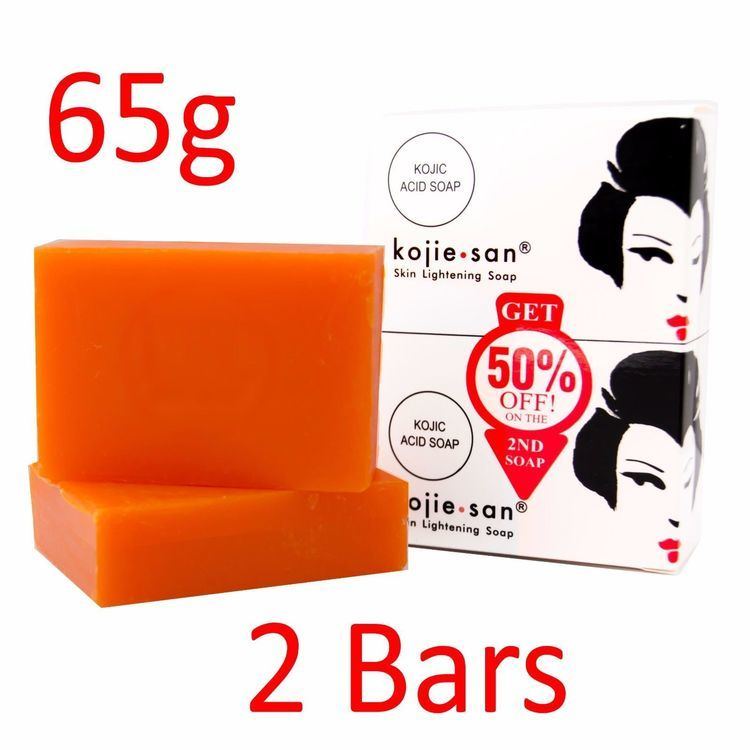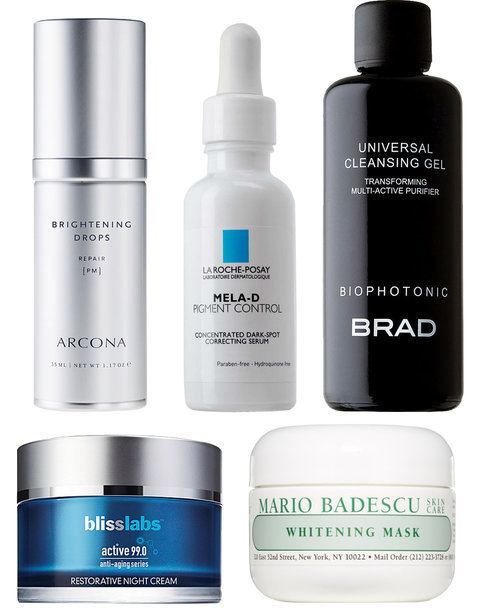Formula C6H6O4 Melting point 152 °C | Molar mass 142.11 g/mol Appearance white | |
 | ||
IUPAC ID 5-Hydroxy-2-(hydroxymethyl)-4H-pyran-4-one | ||
Sources of kojic acid its benefits dr rasya dixit
Kojic acid is a chelation agent produced by several species of fungi, especially Aspergillus oryzae, which has the Japanese common name koji. Kojic acid is a by-product in the fermentation process of malting rice, for use in the manufacturing of sake, the Japanese rice wine. It is a mild inhibitor of the formation of pigment in plant and animal tissues, and is used in food and cosmetics to preserve or change colors of substances. It forms a bright red complex with ferric ions.
Contents
- Sources of kojic acid its benefits dr rasya dixit
- How kojic acid helps reduce the appearance of brown spots
- Biosynthesis
- Applications
- Protective effects from radiation induced damage
- References

How kojic acid helps reduce the appearance of brown spots
Biosynthesis
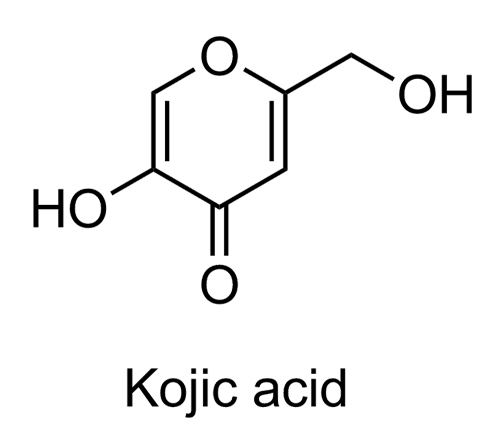
13C-Labeling studies have revealed at least two pathways to kojic acid. In the usual route, dehydratase enzymes convert glucose to kojic acid. Pentoses are also viable precursors in which case dihydroxyacetone is invoked as an intermediate.
Applications
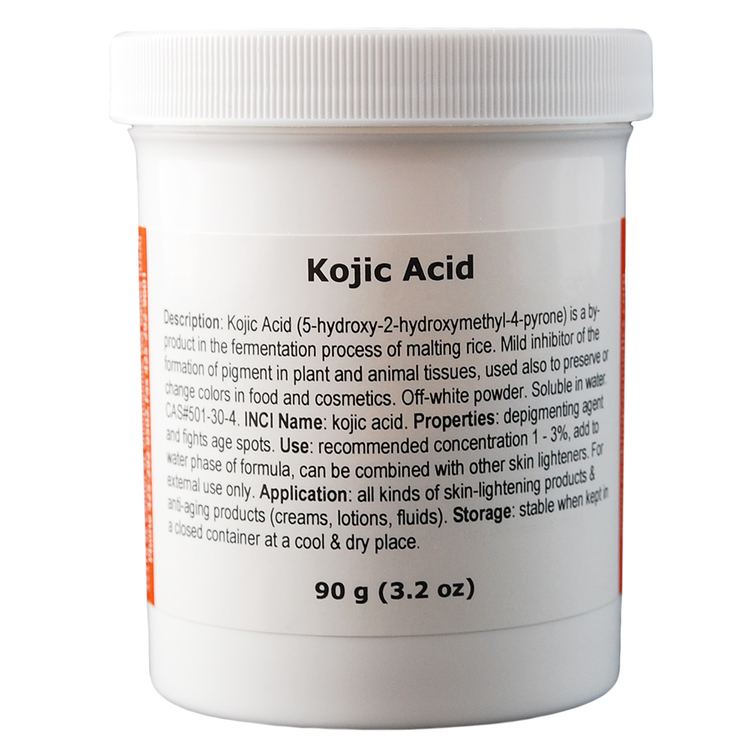
Kojic acid may be used on cut fruits to prevent oxidative browning, in seafood to preserve pink and red colors, and in cosmetics to lighten skin. As an example of the latter, it is used to treat skin diseases like melasma. Kojic acid also has antibacterial and antifungal properties. The cocrystals of kojic acid with quercetin were found to have two times better cytotoxic activity to human cervical cancer cells (HeLa) and human colon cancer cells (Caco-2) in comparison with quercetin itself.
Protective effects from radiation-induced damage
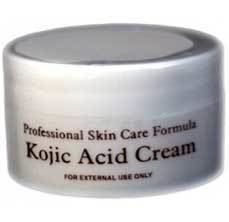
Kojic acid appears to possess marked protective (radioresistance) effects from radiation-induced damage. It increased the 30-day survival rate of mice after exposed to a lethal dose of gamma radiation and had significant radioprotective effects on the hematopoietic system, the immune system and DNA of mice exposed to a 4 Gy sublethal dose of radiation. Pretreatment with Kojic acid has been shown to protect Chinese hamster ovary cells against ionizing radiation-induced damage. Dogs pretreated with kojic acid after whole-body exposure to a lethal dose of 3 Gy gamma radiation had a 51-day survival rate of 66.7% versus the dogs in the 3 Gy irradiation only group, which all died within 16 days of postirradiation.
